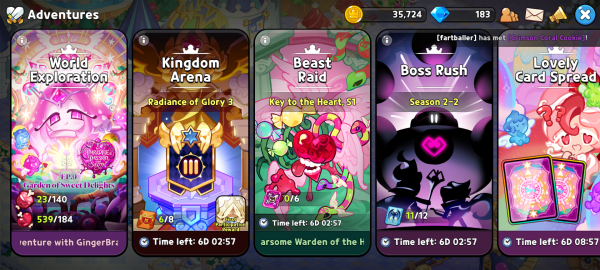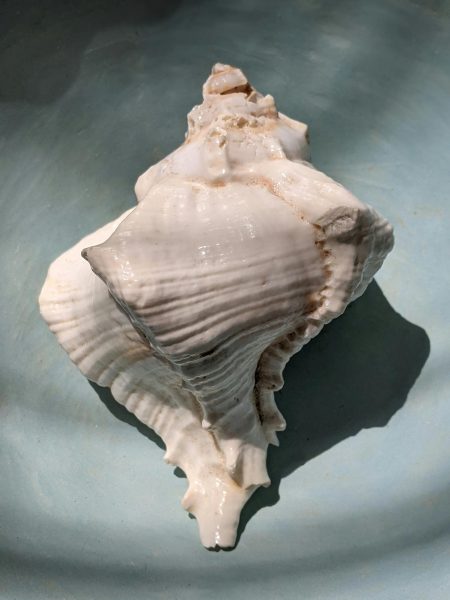How We’ve Gotten Our News, from 1519 to 2019

Today, we get our news instantly. If something big happens in India, we hear about it ten minutes later. If a woman yells at two teenagers in a car and claims her children can’t hear her because they’re listening to Kidz Bop, we see video evidence a few minutes after it happens. The spread of news wasn’t always this efficient, however. It used to take months to hear about happenings from areas you weren’t from. Allow me to take you through the transition in how we’ve gotten our news, from 1519 to 2019.
At first, news spread through word-of-mouth. Townsfolk would talk to each other about local happenings, and news would spread around town by the townsfolk talking to each other about what they had heard. Foreigners who traveled into towns would be questioned on happenings from their towns or cities, and this is how the towns would get news from places outside of their own place of residence. Greek and Roman forums allowed citizens to spread news from their personal experiences and what they had heard from the people they associated with. Coffeehouses would serve the same purpose.
Then came government announcements. These would be delivered via bulletins or posters. Runners were sometimes given the task of delivering the announcements to surrounding civilizations. Government-paid officials were given documents to read at gathering places such as markets and town squares. This is how people would receive important news and government updates.
The next progression in the efficient spread of news was the newspaper. Newspapers were produced by using printing presses on sheets of paper, making them available for a larger scale of production. This enabled citizens to obtain them and read them commonly, rather than hearing the news secondhand from a government or government-paid official. Readers got news stories involving a variety of areas rather than just political announcements, most notably personal stories, firsthand accounts of events by other people, and subjective news analysis. In the Revolutionary era of the United States, newspapers exploded in popularity.
The telephone wire was invented in 1876, and it was a huge breakthrough in news delivery. News traveled over large distances faster than it did by the spread of the newspaper, which would take days, if not weeks, to go through postal services. News was able to spread from country to country, at its fastest, in hours to days. This was a leap in news technology.
Radio news was the most popular way of getting news in American households by the late 1930s. Radio was used during World War II to spread news and updates through the army. It also kept citizens aware of what was happening in the war, as they were getting updates almost instantaneously.
TV surpassed the radio as the most popular way to get news in the early 1960s. The same networks that ran the radio stations started running TV stations. The TV made it possible for a news station to be broadcast on a global scale.
With the most recent invention of the world wide web and social media, the time it took for people to get their news decreased dramatically. Online newsrooms and forums made it possible for people from other parts of the country, or even other parts of the world, to communicate news to each other within hours or minutes. Social media has made it possible to spread the news in no time at all. Social media and the internet, like the other news sources previously mentioned, are able to spread propaganda. But they are more efficient in doing so due to the lack of real regulation we have on the internet and social media due to its relative modernity. One such recent case of a massive spread of propaganda was initiated by Hong Kong protestors and their supporters against communism.
The way we have gotten our news has evolved rather quickly over the last 500 years. From townspeople talking to each other and travelers, to a quick glance at a cell phone, we have made the spread of news faster and more efficient. I can only wonder what will come next in our search for faster ways to inform the general populous.
To learn more about the ways the spread of news has evolved over the years, click on the following sources:
News By Country
History of the Press in the Middle East
Globalization of News through Media

Hannah Wells is a second-year Crimsonian member and Co-Editor-in-Chief. She is a senior this year. She is involved in orchestra, chamber orchestra, marching...





